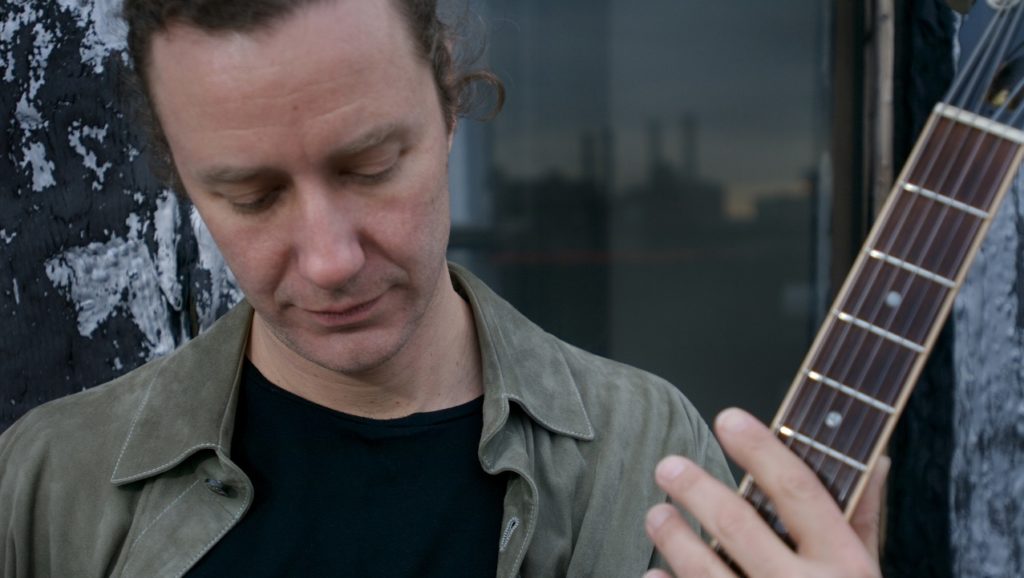
Guitarist Adam Rogers has led a career defined by constant change. Born in New York City to Broadway-performing parents, Rogers grew up during the 1970s in a musical scene that was the pinnacle of hybridization. Loft jazz, fusion, post-punk, heavy metal and No Wave were all very much part of his musical landscape as a kid, but so too were the jazz standards and opera classics that he heard at home.
Small wonder, then, that Rogers grew up to become one of the most broadly talented guitarists in contemporary jazz, with sideman credits ranging from Norah Jones and The Neptunes to John Zorn and The Dresden Symphony Orchestra. He’s toured the world alongside fellow genre-defyers such as The Brecker Brothers and Paul Simon, and in 2006 produced and arranged 3 CDs of Beatles music for the Japanese label OMG.
With several outstanding leader albums under his belt — including his 2002 debut, Art of the Invisible — Rogers has most recently turned his attention to his new group “DICE,” featuring Fima Ephron on bass and Nate Smith on drums. The group, which last year released a self-titled debut to critical acclaim, highlights the influence of funk, rock and blues prevalent in Rogers’ musical development.
On November 15, Rogers will continue his journey across genre lines with a performance University of Miami’s Frost School of Music. Appearing with the Frost Concert Jazz Band and its director, trumpeter John Daversa, the guitarist will premiere a new composition titled Guitar Concerto for Jazz Orchestra, written by composer Justin Morrell. Patrons who buy a ticket to Jensen’s event as part of a special ticket package will receive a complimentary three-month subscription to JAZZIZ Magazine. Click here for details.
JAZZIZ spoke with Rogers over the phone ahead of his performance at the Frost School of Music. In our far-ranging discussion, we discussed his musical upbringing, his decision to pursue an education in classical music, and the link between John Coltrane and Jimi Hendrix.
You were parents were Broadway performers, correct?
Yes, among other things.
What kind of musical diet did they raise you on?
I heard a great deal of music growing up. My mother was also an opera singer, so I heard a lot of classical music from her. Both of them were soaked in the Great American Songbook. My father was in the original production of Oklahoma. Quite a few years later my mother was in the production of Hello, Dolly! and Once Upon a Mattress. They were definitely part of that first wave of Broadway musicals, and to this day, they know as many or more American Songbook Standards than I do — and they know the lyrics, too.

They were also part of the world when all of this music that we know as “jazz standards” were the pop music standards of the day. They were from a generation of actors, singers, performers and dancers who did a lot of things well. They learned how to dance, they learned musical instruments, they learned how to sing. These were things that were not uncommon. Their generation was exposed to all of this stuff, and I must have caught some of that influence from them.
Did you always know you would follow in their footsteps?
Well, I was interested in music from a very young age. I would watch my father play piano and marvel at how these parts as played by the left and right hand would just sort of make sense together and equal a feeling that was greater than the sum of its parts. So I played piano and drums when I was a little kid, and then eventually started playing guitar when I was 11, based on a completely different set of influences.
What influences were those?
The pop music of my day, so primarily the 1970s. I’ve always had a similar experience before getting into different types of music. Early on it was my father playing piano. Later it was a friend of mine who showed me how to play some Led Zeppelin licks on guitar. I was thrilled that somebody could play these notes on this string instrument and make it sound like the stuff I was hearing on records. And then at some point somebody played me a Hendrix record and I just went bananas. I said, Well, I gotta do this.
Did you see any correlation between what Hendrix was doing for rock and what some of the groundbreaking jazz artists were doing for jazz? I’m thinking about Charlie Parker, John Coltrane, those kinds of artists.
I don’t think I objectively noticed any kind of correlation as a kid. But as I grew up as a musician and as a person I certainly did. I mean, Hendrix was dealing with a harmonic and rhythmic landscape that wasn’t as overtly sophisticated as Charlie Parker and John Coltrane’s, but I would say that on a spiritual or emotional level, there are a lot of similarities. It’s less specific to scales and technique or any of those things — but ultimately, none of those things are very important. It’s what the end result of all of those techniques mean to the listener.
The Beatles were also a major influence. You recorded a trilogy of Beatles tribute albums for the Japanese label OMG.
Like everybody of my generation, The Beatles were really important. More than that, it was the first music I remember being really enthusiastic about — at around age 4 — and I’m as enthusiastic about their music as I am today. That says a lot.
They were probably some of the greatest songwriters of all time. And then there was all this other stuff that they used as delivery systems for these great songs — the incredible production, the incredibly playing, the recording techniques. The soundscapes of some of those Beatles records — particularly after Revolver as they moved to Sgt. Pepper’s and beyond — were really attractive elements to me.
But then there was all this pop music that I would hear locally on the radio, like The Temptations and Parliament, that also used great aural production elements. I remember hearing two tunes that really freaked me out when I was young: the theme from Shaft with the wah-wah pedal (I lost my mind over the sound of that wah-wah pedal) and “Papa Was a Rolling Stone” from the Temptations. There were just all these aural techniques that had the desired effect of drawing the listener in — in addition to all the great songwriting and instrumental mastery and great singing. There wasn’t much precedent for that, and it stuck with me.
You studied classical music as well.
Right, at Mannes School of Music in New York City.
What strikes me as so remarkable about you is that you’ve managed to excel at so many strains of music, recording with artists ranging from Norah Jones to John Zorn. How did you manage to keep such a broad palette?
Well, aside from the classical music that I play, nothing from my own musical world is that unusual for me. Based on the household that I grew up in, I never really thought that playing lots of different styles of music was any kind of stretch. I don’t think technically it really is, either. If you go back earlier than the mid-1960s, jazz musicians played pretty regularly on pop studio records. Growing up in the musical petri dish that I grew up in, it just seemed natural to listen to as many different types of music as possible.
But in terms of consciously trying to diversify my playing, I guess you could say that after getting really into Hendrix and trying to learn the way he played, I became obsessed with bebop and hard-bop era jazz. That was my main focus for a few years. When I chose to go to music schools I auditioned for NEC and Berklee and CalArts, and while I got accepted to all of them, I determined that, ultimately, I wanted to study classical music. I thought it would be the biggest bang for my buck, academically speaking. I was already living in New York, and I just didn’t really think that I would learn as much in a classroom at a jazz school as I would at a classical school. After all, classical music isn’t something you learn in a club or on the bandstand. After four years at a classical conservatory, I came out of there with a lot of information that I would have never crossed paths with elsewhere.
I could have also just been a product of New York in my youth, which was a scene were people played all kinds of different music. If you look at the musical history of New York during the ’70s — with Mike and Randy Brecker and their scene, with the loft jazz scene — it was a big time for hybridization.
The complexion of the New York music scene was just so rich. I’m not saying it isn’t now, but it was just on a whole different level then. I would go and hear Cecil Taylor one night and Philly Joe Jones in the same club a few nights later. I’m a product of the environment I was raised in.
Let’s pivot to the upcoming concert at the Frost School of Music. What’s your history with Justin Morrell?
I only just got to know him this year. I was contacted by John Daversa at the Frost School of Music, a great trumpet player and writer and conceptualist. He’s someone who I’ve worked with quite a bit in New York, so when he contacted me about playing and recording Justin’s piece, I listened to it and thought it sounded really great. I’ve been chatting with Justin about the piece ever since.
Can you provide a brief synopsis of the piece?
It’s a pretty badass piece, man. It’s a three-movement guitar concerto that features the guitar in a pretty unique way, where the guitar kind of slides in and out of being featured alongside the orchestra. Justin is a great composer, but he’s also a guitarist, so in terms of writing for the instrument, it’s really virtuosic.
It’s interesting to play a piece that’s super difficult but really well written idiomatically. He wrote it on the guitar for the guitar, so it’s all playable. Very difficult, but it really works well. When I first looked at it, I thought “Oh my God, how am I going to play all this?” But as I worked on it, this guitaristic logic began to appear like invisible ink. I began to understand it from a technical vantage point.
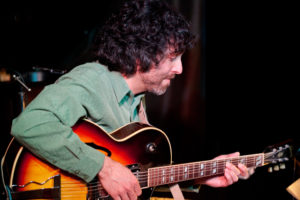
I don’t really know how to reference it in terms of jazz and classical. Which is good, I think. I hear some big-band references in the way he orchestrates things, more Gil Evans than Count Basie, but I certainly wouldn’t compare it to a Gil Evans piece or a Basie piece. It really sounds like his own thing. It’s unique.
As you’re playing with these young students at the University of Miami, what lessons do you hope to impart to them — musical or otherwise?
I think it’s healthy for younger musicians to see how guys with more experience like myself prepare to play music in front of a lot of people. It sounds simple, but it can be sort of revelatory. Because there are a lot of things — not necessarily technical — that you glean from playing music professionally for as long as I’ve been doing it. Deceptively simple things, like the true feel of a quarter note.
That’s the ironic thing about jazz music, actually. There’s a high barrier to entry on a technical and theoretical level, but ultimately, it’s subject to the same qualifications of much simpler music. The combination of the pure folk elements of the music and this incredibly rich palette of technical demands is one of the many things about jazz music that is just incredible to me.
For more information on Adam Rogers, visit the guitarist’s website.
To purchase tickets to Adam Rogers’ performance at the Frost School of Music at the University of Miami, click here.
Featured image provided courtesy David Korchin.


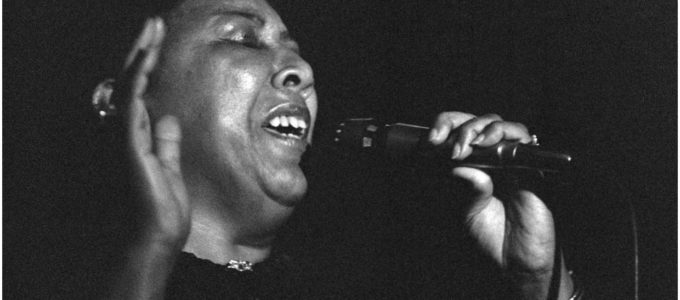
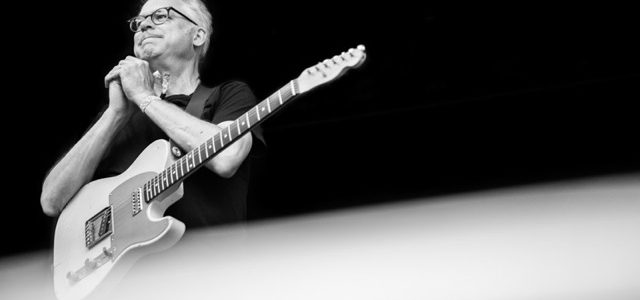
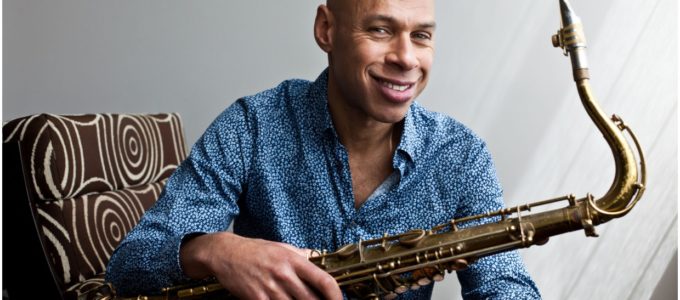
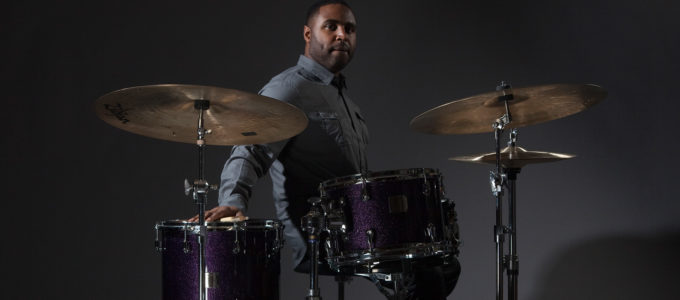
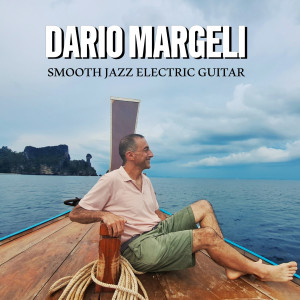


 Guitarist Adam Rogers, New York (Photo: )[/caption]
Guitarist Adam Rogers, New York (Photo: )[/caption]
 Justin Morrell (Photo: Courtesy the artist)[/caption]
Justin Morrell (Photo: Courtesy the artist)[/caption]